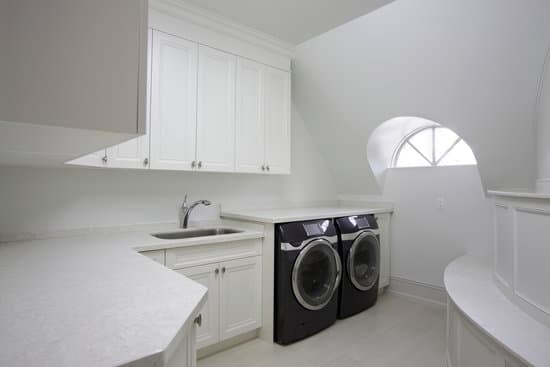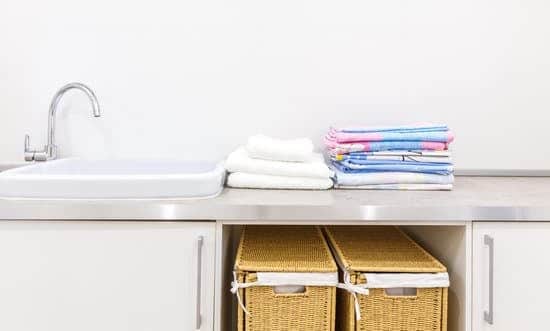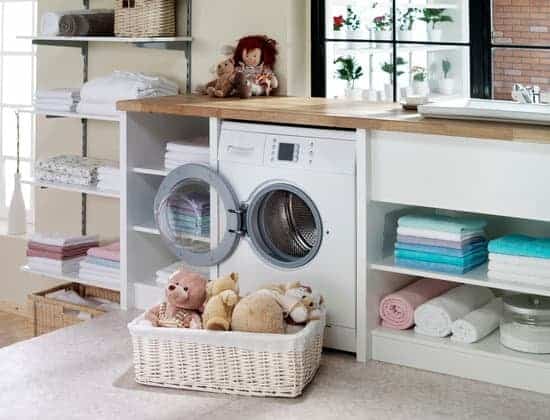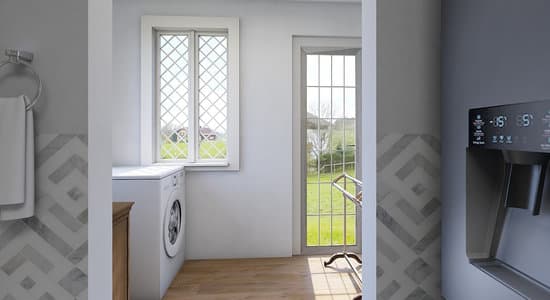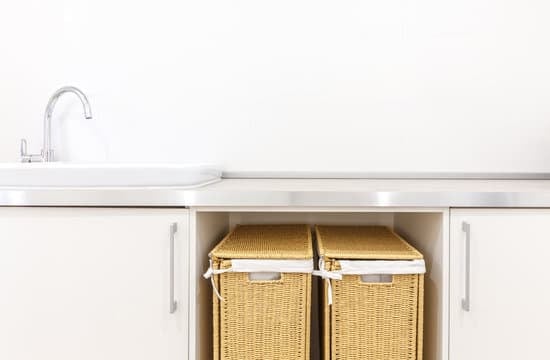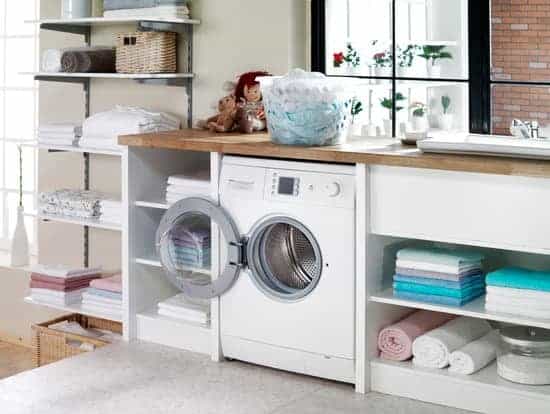In this article, you will learn how to build a safe and functional laundry room. By following these step-by-step instructions, you can create a space that meets all your laundry needs while ensuring the safety of yourself and your family. From planning the layout to selecting the right appliances and materials, installing plumbing and electrical systems, designing storage solutions, and adding finishing touches, we’ve got you covered. Let’s get started on creating your dream laundry room!
Planning Your Laundry Room Layout
You’ll want to start planning your laundry room layout by considering the available space and your specific needs. Begin by measuring the laundry room dimensions to ensure that all of your appliances will fit comfortably. It’s important to have enough space for both the washer and dryer, as well as any additional storage or folding areas you may desire. Next, think about ventilation in your laundry room. Proper ventilation is crucial for safety reasons, as it helps reduce humidity and prevents the build-up of mold and mildew. Make sure there is a window or an exhaust fan installed to allow fresh air circulation. Additionally, consider adding a carbon monoxide detector to keep you and your family safe from potential gas leaks. By carefully planning your laundry room layout with these considerations in mind, you can create a functional and secure space for all your laundering needs.
Selecting the Right Appliances and Materials
When creating your laundry area, consider choosing the appropriate appliances and materials. To ensure energy efficiency, opt for appliances with high Energy Star ratings. These will not only save you money on utility bills but also minimize environmental impact. Additionally, compare different flooring options to find one that is both durable and easy to clean. Here are five items to consider when selecting appliances and materials for your laundry room:
- Energy efficient washing machine: Look for models with adjustable water levels and quick wash cycles.
- Dryer with moisture sensors: These help prevent over-drying and reduce energy consumption.
- Low VOC paint: Choose paints that emit fewer volatile organic compounds for better indoor air quality.
- Slip-resistant flooring: Select a non-slip material like vinyl or rubber to prevent accidents in a potentially wet environment.
- Sustainable countertops: Consider options made from recycled materials such as glass or bamboo.
By carefully choosing energy-efficient appliances and comparing different flooring options, you can create a safe and environmentally-friendly laundry room.
Installing Plumbing and Electrical Systems
To ensure proper functionality, it’s important to install the necessary plumbing and electrical systems in your laundry area. Proper ventilation is crucial for a safe and efficient laundry room. Make sure you have a venting system that allows for the release of moisture and lint. This will not only prevent mold and mildew growth but also help protect your appliances from damage. Safety precautions should be taken when installing electrical systems. Hire a licensed electrician to handle all wiring connections and ensure they are up to code. Use GFCI outlets near water sources to reduce the risk of electrical shock. It’s also important to install shut-off valves on both hot and cold water lines to easily control water flow in case of emergencies. By following these guidelines, you can create a well-functioning laundry room while prioritizing safety.
Designing Storage and Organization Solutions
Consider utilizing various storage and organization solutions to maximize space and keep your laundry area clutter-free. When designing your laundry room, it is important to choose functional furniture that will help you make the most of the available space. Opt for cabinets with adjustable shelves or drawers, allowing you to customize storage based on your needs. Additionally, consider installing wall-mounted shelves or hooks to hold frequently used items such as detergent and cleaning supplies. Utilize vertical space by installing a drying rack that can be folded when not in use. This will provide ample room for air-drying clothes without taking up unnecessary floor space. Finally, invest in storage bins or baskets to corral smaller items like socks or underwear. By incorporating these solutions, you can create an efficient and organized laundry room that maximizes every inch of space while keeping safety in mind.
Adding Finishing Touches and Decor
To add the finishing touches and decor, you can incorporate small plants or artwork to bring a touch of personality and style to your laundry area. Choosing the perfect color scheme is essential in creating a calming and inviting space. Opt for neutral tones like pastels or light grays to create a clean and fresh atmosphere. Additionally, incorporating functional yet stylish lighting is crucial for safety purposes. Install bright overhead lights to ensure proper visibility while working in the laundry room. Consider adding task lighting near the folding area or above the washer and dryer for extra functionality. Remember to choose fixtures that are energy-efficient and provide ample illumination. By carefully selecting colors and incorporating practical lighting options, you can transform your laundry room into a stylish and safe space that makes chores more enjoyable.
Conclusion
So there you have it – a complete guide on how to build your own laundry room. By carefully planning the layout, selecting the right appliances and materials, installing plumbing and electrical systems, designing storage solutions, and adding finishing touches and decor, you can create a functional and stylish space for all your laundry needs. Remember to consider your specific requirements and preferences throughout the process. With a little bit of effort and creativity, you’ll have a laundry room that is both practical and beautiful. Happy building!

